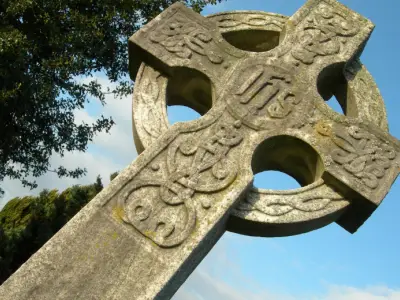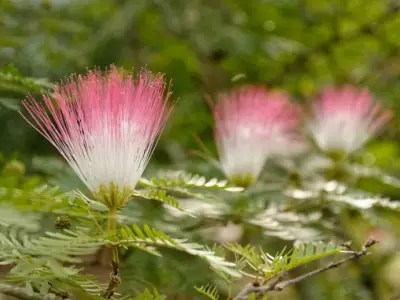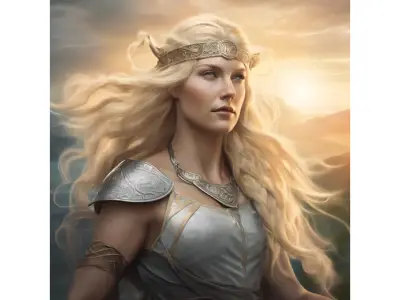Wales, a land of rugged mountains, mist-shrouded valleys, and rich Celtic heritage, has given rise to countless myths and legends. From the ancient tales whispered around campfires to the fantastic creatures that still inspire stories today, Welsh mythology is a treasure trove of fascinating and sometimes fearsome beings. If you’re interested in the fantastical side of Wales’ history, let’s delve into some of the most iconic mythical Welsh creatures and learn about their origins and significance.
Jump to:
- The Red Dragon – Wales' Heraldic Beast
- The Afanc – Lake Monster of Wales
- The Black Dog of Annwn – A Welsh Omen of Death
- The Gwiber – The Deadly Welsh Serpent
- The Tylwyth Teg – The Welsh Fair Folk
- The Gwyllgi – The Unnamed Monster of Welsh Myth
- The Water Horses – Spirits of the Water
- The Mari Lwyd – The Ghostly Horse Tradition
- The Mythical Giants – Guardians of the Land
- The Coblynau – Welsh Mine Spirits
- The Ellyllon – The Elusive Welsh Elves
- Frequently Asked Questions About Creatures in Welsh Mythology
- Study Celtic Mythology for £29
Recommended for you!
Best Sellers1. The Red Dragon – Wales' Heraldic Beast
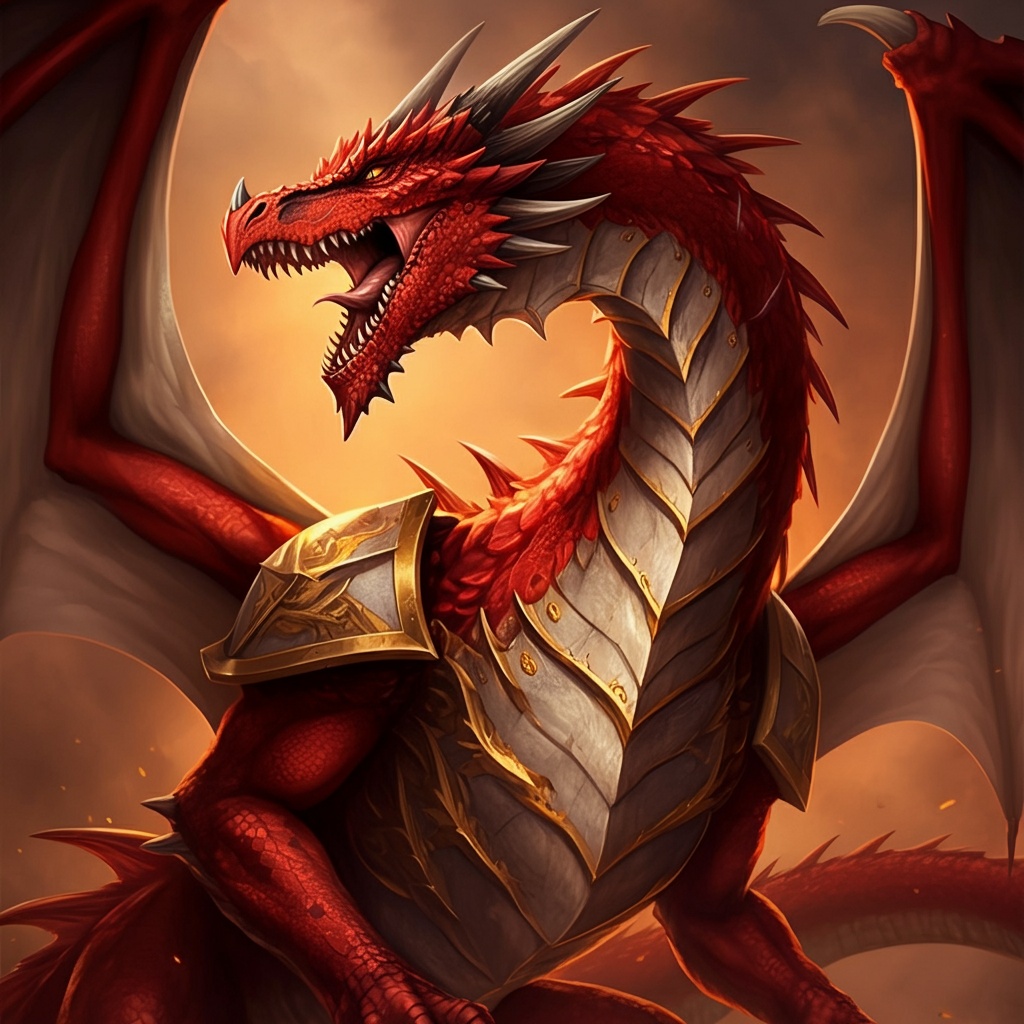
The Red Dragon, or Y Ddraig Goch, is probably the most famous of all Welsh mythological creatures. You may already recognise it from the national flag of Wales. But what makes this fiery beast so important to Welsh culture? The Red Dragon has its roots in ancient Celtic mythology and is associated with strength, protection, and the history of the Welsh people.
According to legend, a red dragon battled a white dragon in a fierce struggle that symbolised the eternal fight between the Welsh and invading Saxons. This tale is immortalised in the medieval story Historia Brittonum by Nennius, where the red dragon’s victory foretold a hopeful future for Wales. If you ever get a chance to visit Wales, remember that the Red Dragon isn’t just a symbol; it’s a guardian spirit representing the resilience of the land and its people.
2. The Afanc – Lake Monster of Wales
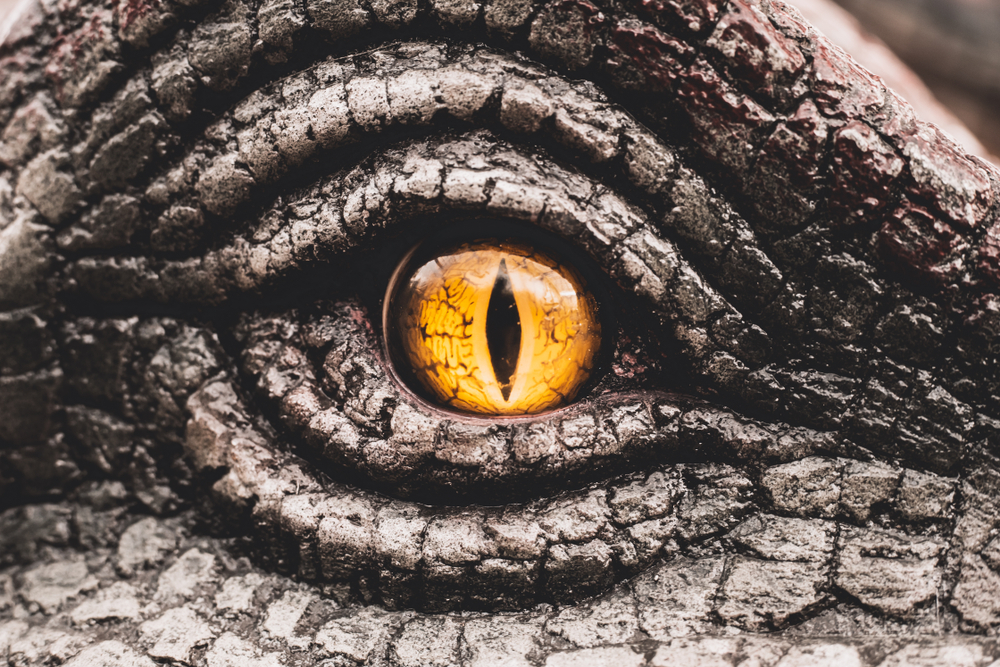
The Afanc is a beast said to dwell in the deep, dark waters of Welsh lakes. Described variously as a crocodile-like creature, a beaver-like monster, or something entirely more monstrous, the Afanc has terrorised the waters of Welsh folklore for centuries. The most famous tales place the Afanc in Llyn Tegid, also known as Bala Lake, where it would drag unfortunate victims into the watery depths.
In some versions of the myth, the Afanc was so dangerous that local heroes and even King Arthur himself tried to contain it. The creature was reportedly moved from lake to lake to prevent it from causing havoc, with one story claiming that it was carried away by two mighty oxen. The Afanc represents the mysteries and dangers lurking beneath the surface, a reminder of the unpredictable forces of nature in Wales’ lakes and rivers.
3. The Black Dog of Annwn – A Welsh Omen of Death
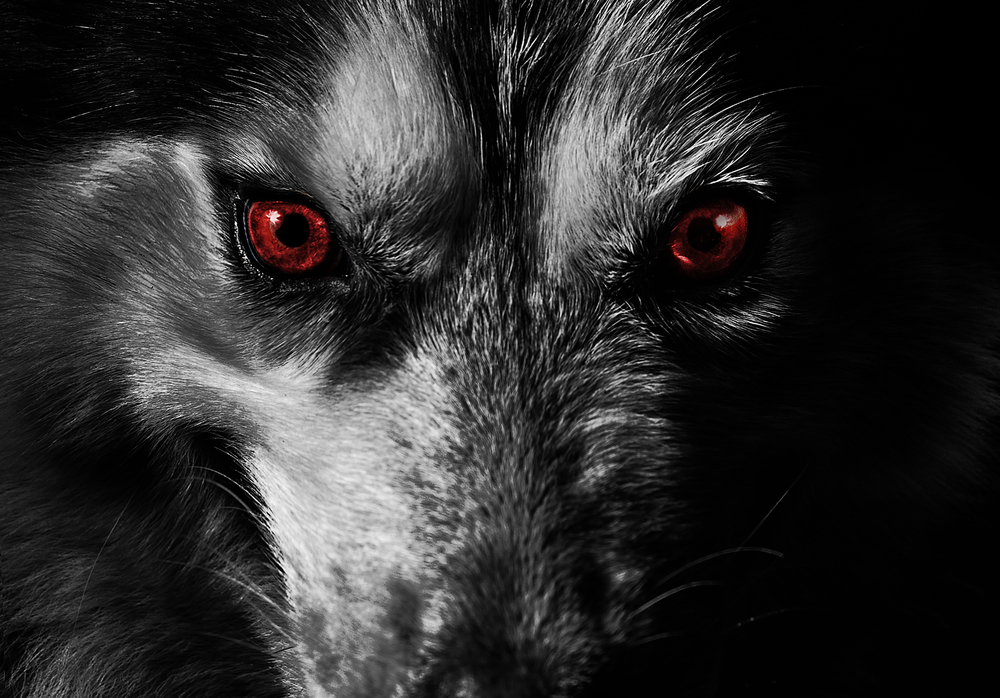
When it comes to omens of death in Celtic mythology, few are as terrifying as the Black Dog of Annwn. Known as Cŵn Annwn, these spectral hounds are said to roam the countryside, especially on stormy nights. They belong to Annwn, the Otherworld in Welsh mythology, ruled by the god of the dead, Arawn. These ghostly dogs are often described as having glowing red eyes and howling cries that chill the blood.
Legend has it that hearing the baying of the Cŵn Annwn is a warning of imminent death, a belief that has persisted in Welsh folklore for generations. The Black Dog of Annwn serves as a reminder of the thin veil between the living and the dead, and the ever-present influence of the supernatural in Welsh tradition.
4. The Gwiber – The Deadly Welsh Serpent
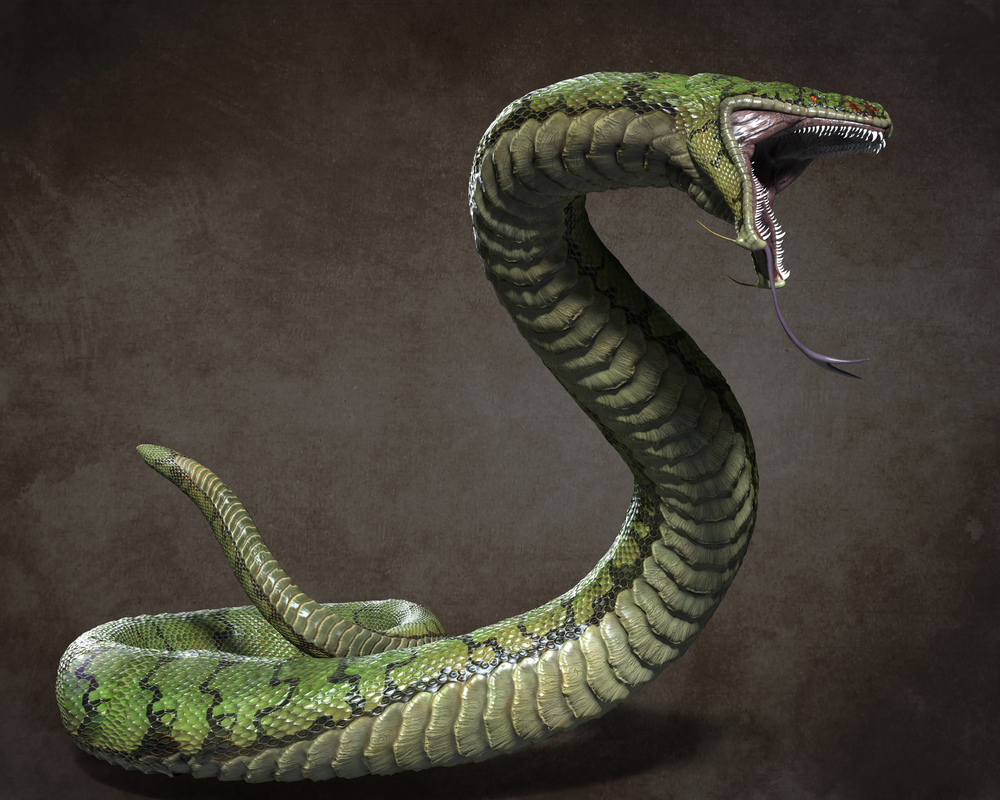
If you’ve ever wondered about the mythical monsters of Wales, the Gwiber certainly fits the bill. The Gwiber is a fearsome serpent or dragon-like creature that, according to legend, could fly and breathe fire. Described as a venomous and vengeful creature, the Gwiber is said to dwell near ancient stone circles, rivers, and isolated hills.
One of the most well-known tales of the Gwiber comes from Llanwrtyd Wells, where the beast was said to terrorise locals until a brave warrior defeated it. But defeating the Gwiber often came at a high cost, as these serpents would seek revenge from beyond the grave. The Gwiber embodies the wild, untamed side of Welsh landscapes, where ancient magic still lingers.
5. The Tylwyth Teg – The Welsh Fair Folk
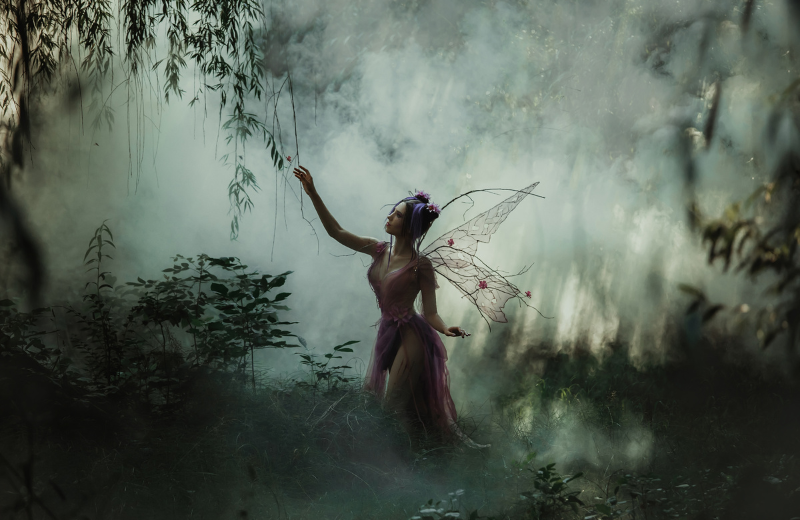
Not all creatures in Welsh mythology are monstrous. The Tylwyth Teg, or Fair Folk, are the beautiful and mischievous fairies of Wales. These beings are said to live in secret, enchanting places such as hilltops, forests, and under lakes. They can be kind or cruel, depending on how humans treat them. People who respect the Tylwyth Teg might receive blessings or gifts, but those who anger them risk being led astray in the wilderness or even cursed.
There are many stories of humans getting trapped in the Otherworld after accidentally offending the Fair Folk. Some say that the Tylwyth Teg enjoy music and dancing, and they throw elaborate feasts in their hidden realms. If you find yourself in the Welsh countryside, tread carefully, for you never know if the Fair Folk are watching.
6. The Gwyllgi – The Unnamed Monster of Welsh Myth
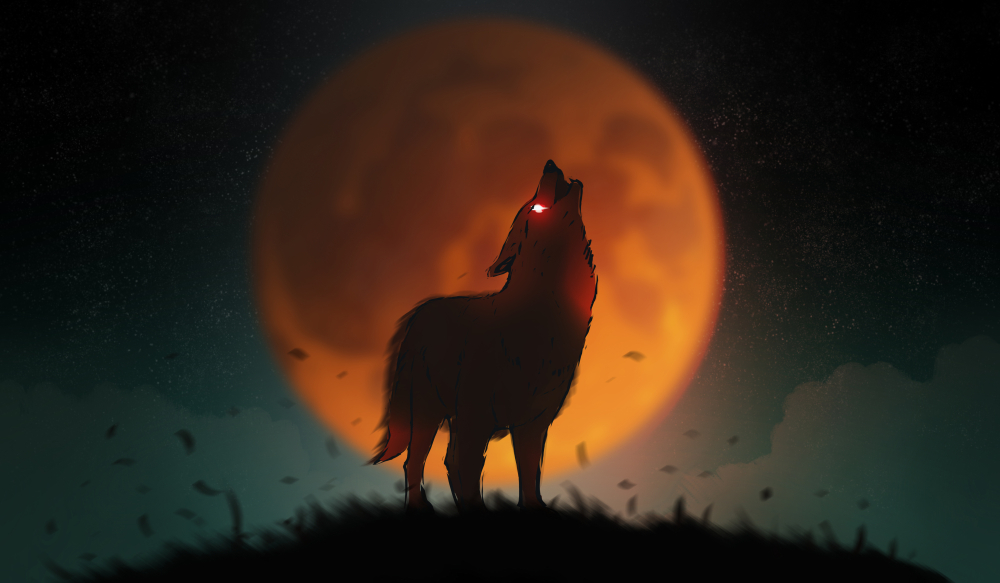
The Gwyllgi, sometimes referred to as the "Dog of Darkness," is another terrifying creature that stalks the night. Unlike the spectral Black Dog of Annwn, the Gwyllgi is a more physical and sinister presence. Often described as a monstrous black hound with glowing red eyes, it haunts lonely roads and remote villages. Encounters with the Gwyllgi are rare but chilling, with the beast either chasing down its victims or simply appearing as a harbinger of doom.
Though less well-known than some of its mythological counterparts, the Gwyllgi serves as a grim reminder of the dangers that lurk in the shadows of Welsh folklore. It also reinforces the idea that the landscape itself holds secrets that may never be fully understood.
7. The Water Horses – Spirits of the Water
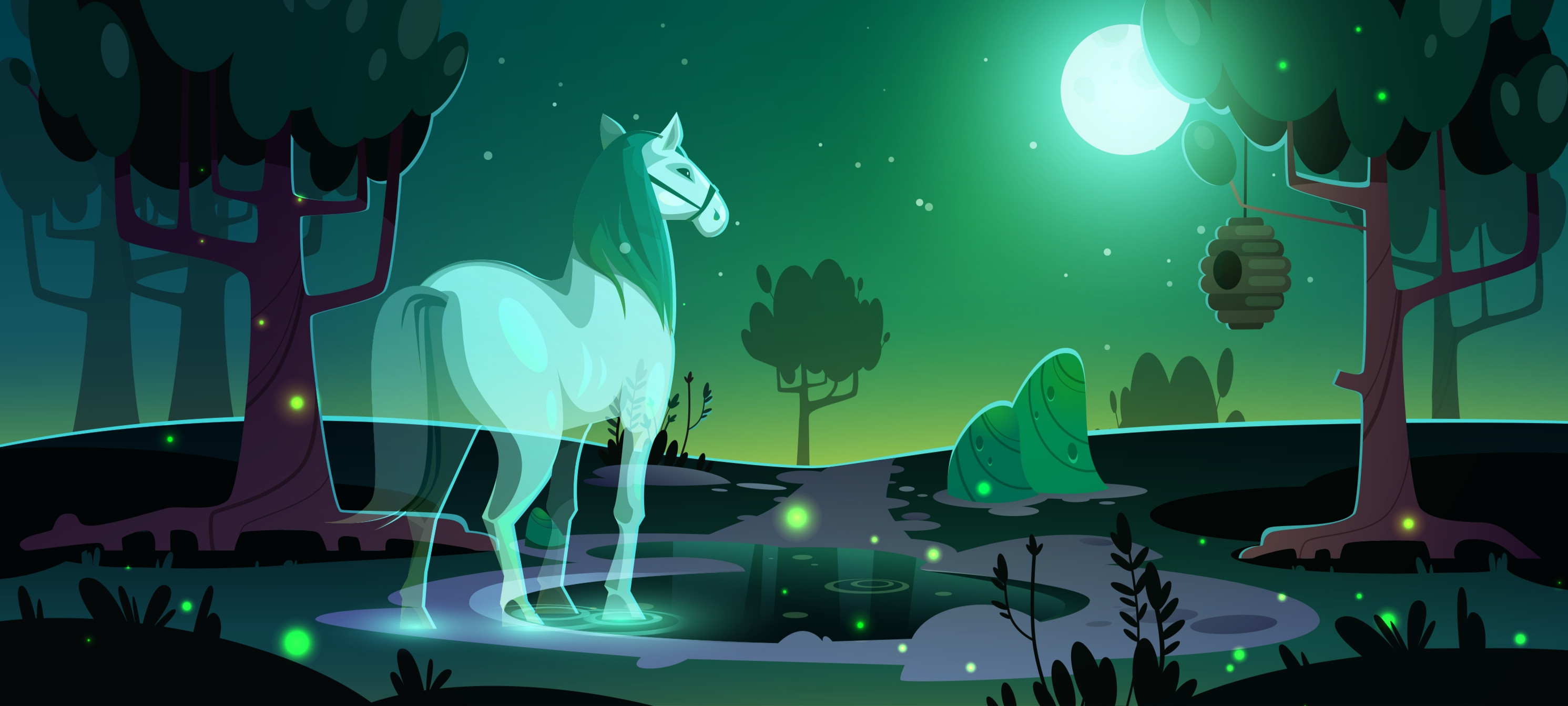
The rivers and lakes of Wales are home to more than just the Afanc. Water horses, known as Ceffyl Dŵr, are supernatural beings that lure unsuspecting travellers to their doom. These shape-shifting creatures can appear as beautiful horses, enticing riders to mount them. Once a victim climbs onto the Ceffyl Dŵr's back, the creature charges into the water, dragging its prey into the depths.
Water horses are a common theme in Celtic mythology, but the Welsh version adds an extra element of shape-shifting and trickery. These beings reflect the danger and allure of the water, a theme that resonates throughout Welsh mythology. Always be wary of serene waters, for they may hide a sinister presence.
8. The Mari Lwyd – The Ghostly Horse Tradition
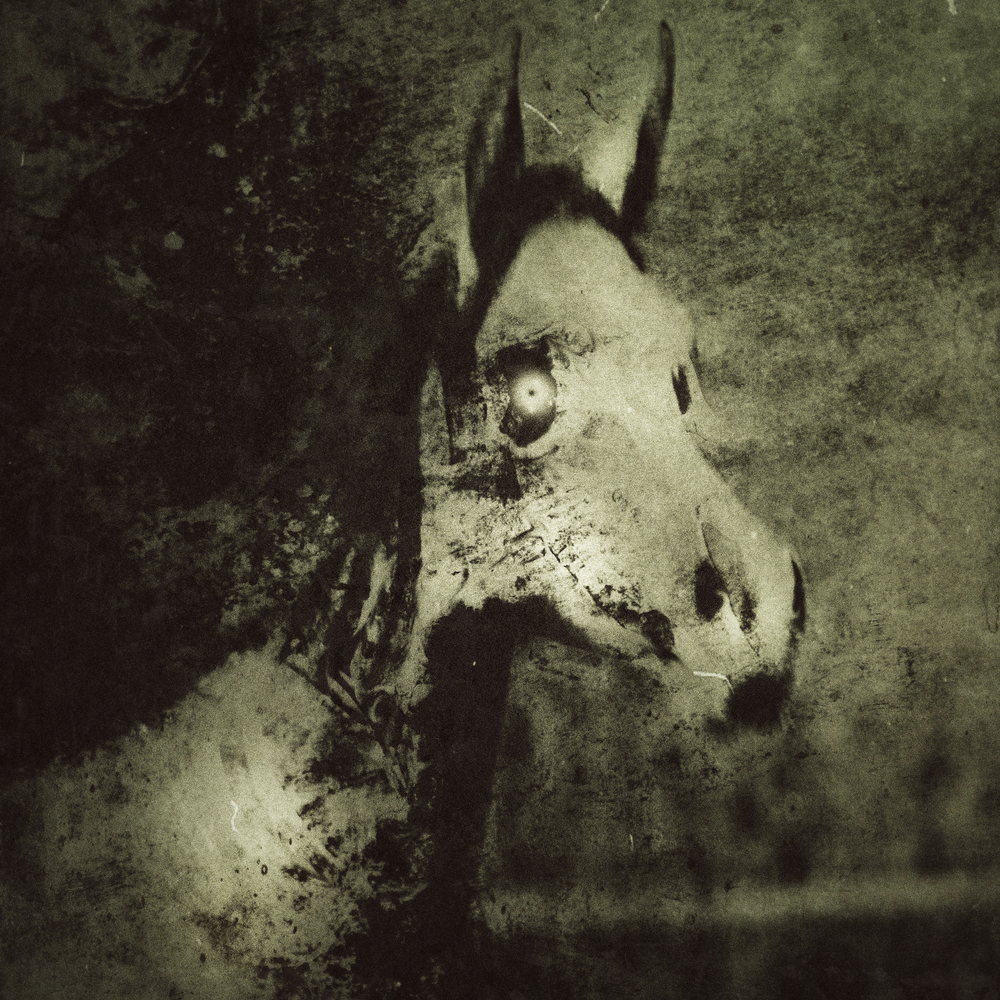
While not exactly a monster, the Mari Lwyd is one of the more unusual Welsh mythological creatures. This ghostly horse is part of a traditional celebration that occurs during the winter season. The Mari Lwyd is represented by a horse’s skull decorated with ribbons and bells, carried on a pole by a person hidden under a sheet. The Mari Lwyd and its entourage visit homes, challenging residents to a battle of rhyming songs.
Winning or losing the battle determines whether the Mari Lwyd gains entry to the home, bringing good fortune for the year ahead. The Mari Lwyd is both eerie and festive, a blend of the supernatural and the celebratory, capturing the spirit of Welsh tradition and community.
9. The Mythical Giants – Guardians of the Land
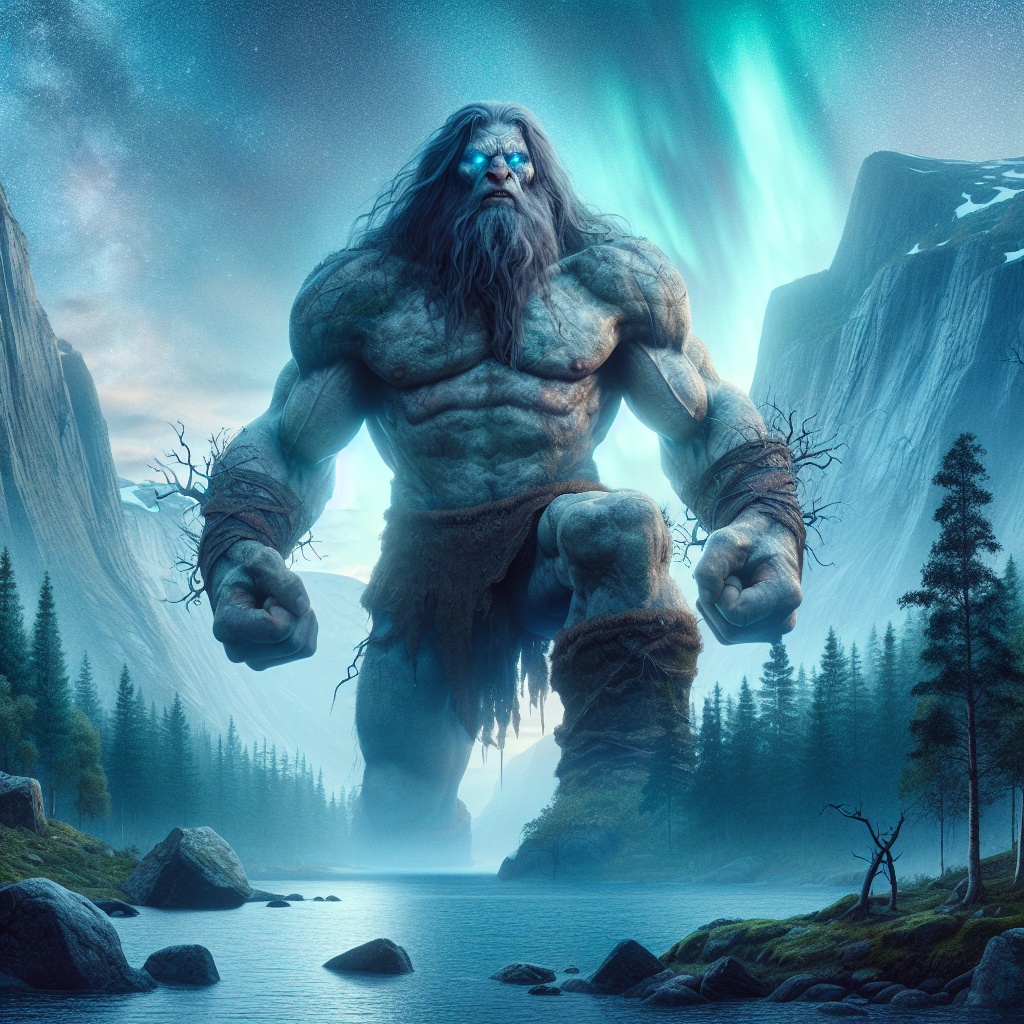
Welsh mythology also tells of giants who shaped the land itself. Giants like Bendigeidfran, also known as Bran the Blessed, were both powerful and tragic figures. Bendigeidfran was a king and a warrior, whose enormous size and strength made him a fearsome protector of Wales. His story, told in the Mabinogion, ends with his head being buried in London to guard against invaders.
Giants in Welsh mythology are often connected to specific landscapes, their legends explaining natural features like mountains and cliffs. They serve as a reminder of the deep connection between the land and the stories that have been passed down through generations.
10. The Coblynau – Welsh Mine Spirits
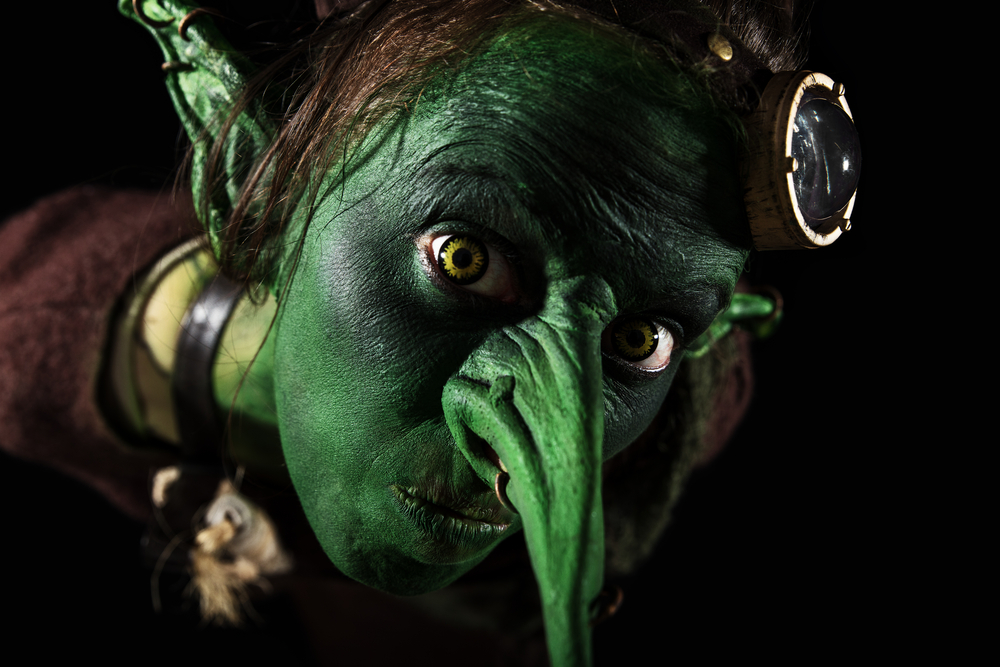
The mountains of Wales are famous for their rich deposits of minerals and precious stones, and with this wealth comes the tales of the Coblynau. These are small, goblin-like creatures that inhabit the deep, dark mines of Wales. The Coblynau are said to be helpful spirits who assist miners by knocking on the walls to warn of cave-ins or lead them to rich veins of ore. However, they are mischievous as well and can lead miners astray if they feel disrespected.
Described as small, gnarled beings with a love for mining, the Coblynau embody both the beauty and danger of Wales' natural resources. For those working underground, it was always wise to heed the signs from these Welsh folklore creatures. The Coblynau remind us that even in the darkest depths, the supernatural is never far away.
11. The Ellyllon – The Elusive Welsh Elves
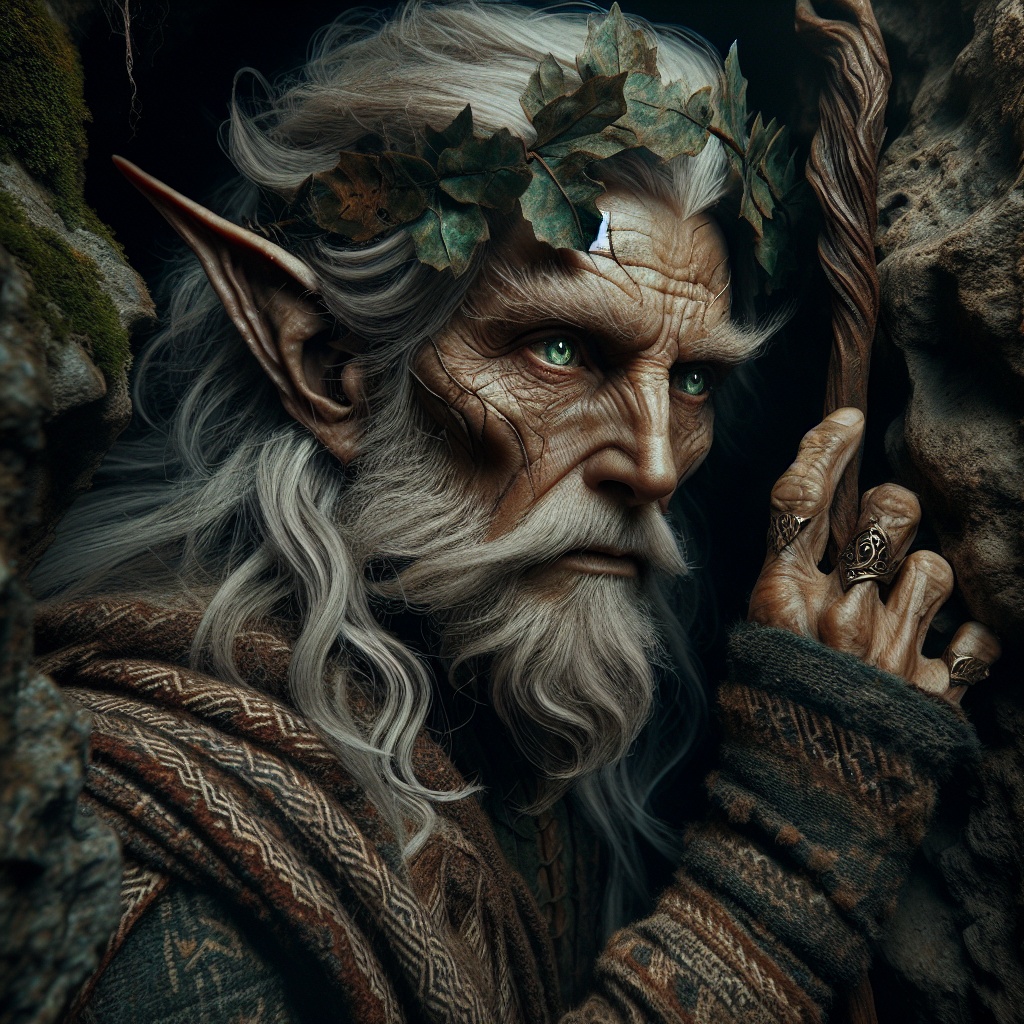
Another enchanting addition to Welsh folklore is the Ellyllon, the Welsh version of elves. These delicate, fairy-like creatures are said to live in the woods and meadows, where they can be found dancing in circles under the moonlight. The Ellyllon are friendly beings, often depicted as ethereal and graceful, with a love for nature and music. However, they are easily offended and can cause mischief if their homes are disturbed.
Legends say that if you’re fortunate enough to spot the Ellyllon, you might witness a breathtaking scene of joy and beauty. Yet, you should be careful not to step into one of their fairy rings, as doing so might trap you in their world forever. The Ellyllon are a perfect representation of the enchanting and mysterious allure of the Welsh countryside, where magic feels just within reach.
Recommended for you!
Best SellersFrequently Asked Questions About Creatures in Welsh Mythology
Are there any friendly creatures in Welsh mythology?
Not all creatures in Welsh mythology are fearsome or dangerous. The Tylwyth Teg, or Welsh Fair Folk, and the Ellyllon, the Welsh elves, are examples of more benevolent beings. They can be helpful or even bring blessings if respected. However, they are also known for their mischievous nature, so it’s wise to tread carefully around them.
Are there any protective creatures in Welsh folklore?
The Red Dragon (Y Ddraig Goch) is often seen as a protective and powerful symbol. It represents strength, resilience, and protection for the Welsh people. Some stories also describe the Coblynau as helpful spirits that warn miners of danger, protecting them from harm.
What role do animals play in Welsh mythology?
Animals play a key role in Welsh mythology, often acting as guardians, omens, or supernatural beings. Creatures like the Afanc, Cŵn Annwn, and the Gwiber are tied to the natural environment, while more mystical beings like water horses (Ceffyl Dŵr) are connected to Welsh landscapes, symbolising the power and mystery of nature.
Are there any seasonal traditions in Welsh mythology?
One of the most notable seasonal traditions is the Mari Lwyd, a ghostly horse figure celebrated during the winter season. This ritual involves a decorated horse’s skull visiting homes and challenging residents to a battle of rhyming songs. It’s both a festive and eerie tradition, meant to bring good fortune to those who participate.
How does Welsh mythology differ from other Celtic mythologies?
While there are similarities between Welsh, Irish, and Scottish mythologies due to shared Celtic roots, Welsh mythology has its own unique set of creatures and legends. The Mabinogion, a collection of medieval Welsh tales, is a key source of Welsh mythological stories that feature distinct themes and beings specific to the Welsh landscape and culture.
Are there any famous locations in Wales linked to these myths?
Many locations in Wales are tied to these myths. For example, Llyn Tegid (Bala Lake) is associated with the Afanc, and the mountains of Snowdonia are steeped in legends about King Arthur and the Red Dragon. Visiting these places can give a sense of the deep connection between the land and its stories.
How are Welsh myths still celebrated or remembered today?
Welsh myths are celebrated through festivals, cultural events, and traditional storytelling. The Red Dragon continues to be a powerful symbol of national pride, and events like the Mari Lwyd ceremony are still practised in some areas. Many people also visit historical sites and learn about these stories to keep the legends alive.
Is there a connection between Welsh mythology and modern-day folklore?
Many elements of Welsh mythology have influenced local folklore and even modern-day stories. The idea of fairies, for example, is still present in contemporary tales, and creatures like the Cŵn Annwn have inspired myths about ghostly animals seen in the countryside.
Study Celtic Mythology for £29
If you’ve enjoyed exploring these mythical beasts and want to learn more about Celtic legends, consider studying the Celtic Mythology Diploma Course with Centre of Excellence. For a limited time, you can enrol for just £29 and start your journey into the magical lore of the Celts.










